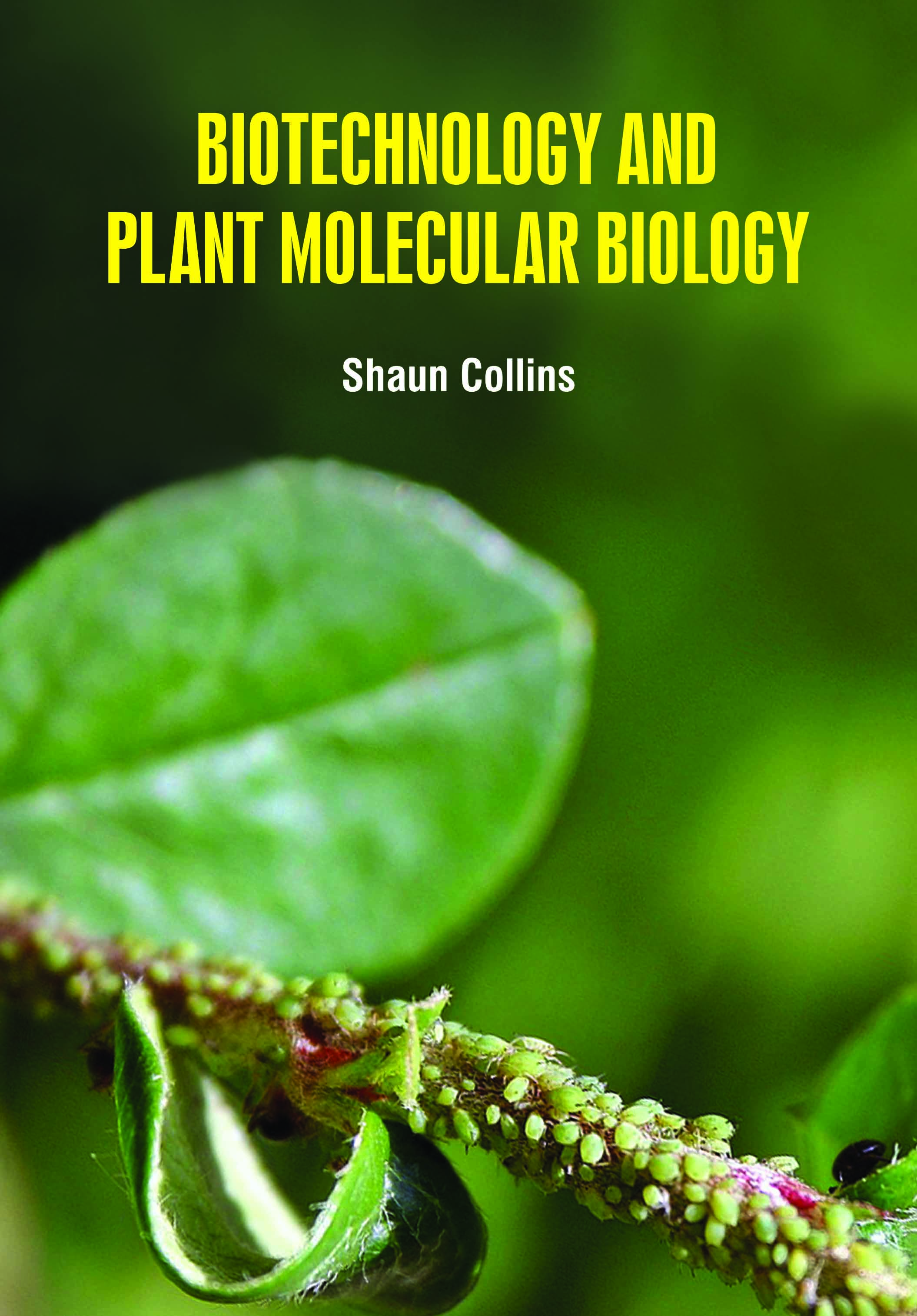
Biotechnology and Plant Molecular Biology
by Shaun Collins
| ISBN | 9781799601012 |
|---|---|
| Publisher | White Press Academics |
| Copyright Year | 2020 |
| Price | $230.00 |

by Shaun Collins
| ISBN | 9781799601012 |
|---|---|
| Publisher | White Press Academics |
| Copyright Year | 2020 |
| Price | $230.00 |
Biotechnology is a recently developed domain of research involving new techniques that have arisen out of interdisciplinary interaction and comprises genetic engineering, immobilization of biocatalytic systems, cultivation of animal, plant and microbial cells, development of used cell techniques and bioengineering processes and systems. Plant science is one of the fundamental subjects to begin with. Biotechnology has given it a force to get modified into an applied field known as plant biotechnology. Plant tissue culture is widely used for direct commercial applications as well as value in basic research into cell biology, genetics and biochemistry. Plant Biotechnology has made tremendous progress in recent years. The present publication aims to provide enough information and examples to give the reader a sound knowledge of plant biotechnology in all its guises. Molecular Biology is the field of biology that studies the composition, structure and interactions of cellular molecules-such as nucleic acids and proteins - that carry out the biological processes essential for the cell’s functions and maintenance. The use of biology to develop technologies and products for the welfare of human beings is known as Biotechnology. Plant cells are similar to animal cells in that they are both eukaryotic cells and have similar organelles. Plant cells are generally larger than animal cells. While animal cells come in various sizes and tend to have irregular shapes, plant cells are more similar in size and are typically rectangular or cube shaped. A plant cell also contains structures not found in an animal cell. Some of these include a cell wall, a large vacuole, and plastids. Plastids, such as chloroplasts, assist in storing and harvesting needed substances for the plant. Animal cells also contain structures such as centrioles, lysosomes, and cilia and flagella that are not typically found in plant cells. This book will serve as an excellent reference material and practical guide for scientists teachers students planners and administrators interested in Plant Physiology Botany and Agriculture Science.